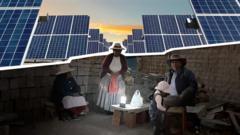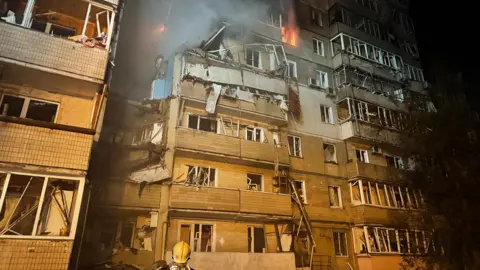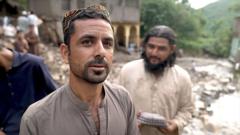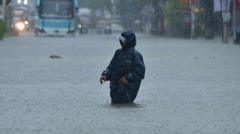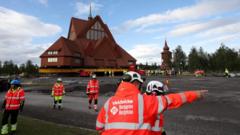Residents of Pampa Clemesí, situated in the southern region of Peru, are illuminated by the irony of residing next to the Rubí solar power plant—one of the largest in Latin America—while still grappling with the absence of electricity. Rosa Chamami starts her day igniting a makeshift stove with cardboard—packaging that came from the very solar panels installed at nearby facilities. The contrast is unnerving: while Rubí generates about 440 GWh annually—enough to power 351,000 homes—none of the 150 residents in the village have access to the electricity produced.
Although a few locals possess donated solar panels, the lack of necessary batteries and converters leaves most communities in complete darkness, reliant on torches for light at night. Peru is experiencing a boom in renewable energy, with a 96% increase in renewable production in 2024—yet high-reliability connectivity for rural and sparse populations remains an afterthought, as highlighted by energy expert Carlos Gordillo.
Orygen, the company behind the Rubí project, claims to have made strides towards connecting Pampa Clemesí to the grid by building infrastructure and a dedicated line—investing around $800,000 into the electrification project. However, the ultimate connection to individual homes lies with the government. Although plans were set in motion for March 2025, work has yet to commence, and the Ministry of Mines and Energy has been unresponsive to queries regarding the delays.
In the absence of electricity, residents like Rosa struggle for basic necessities such as charging their phones and preserving food. Ignoring fears of respiratory illness, many opt for firewood or kerosene for cooking. Local infrastructure is inadequate—a lack of clean water and sanitation leads to a significant population decline over the years.
Even as dusk settles each day, the hope for a brighter future remains. With the sun shining consistently in this arid region, villagers like Rosa and Pedro cling to the possibility that one day they’ll enjoy the benefits of the very solar power generated next door. “If we had electricity, people would come back,” Pedro laments, reiterating that connection to the grid could change the narrative for his community. Until then, residents cope with darkness illuminated only by their modest solar-powered torches and their unwavering hope.

